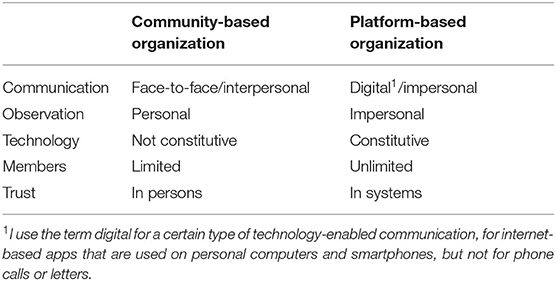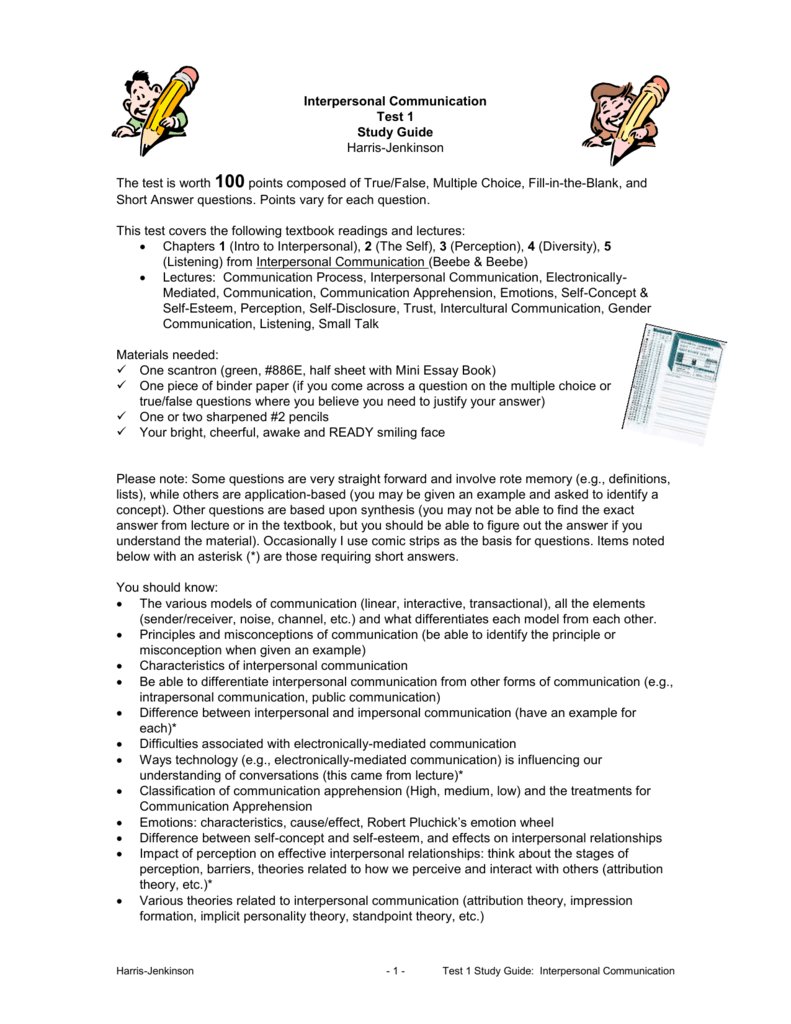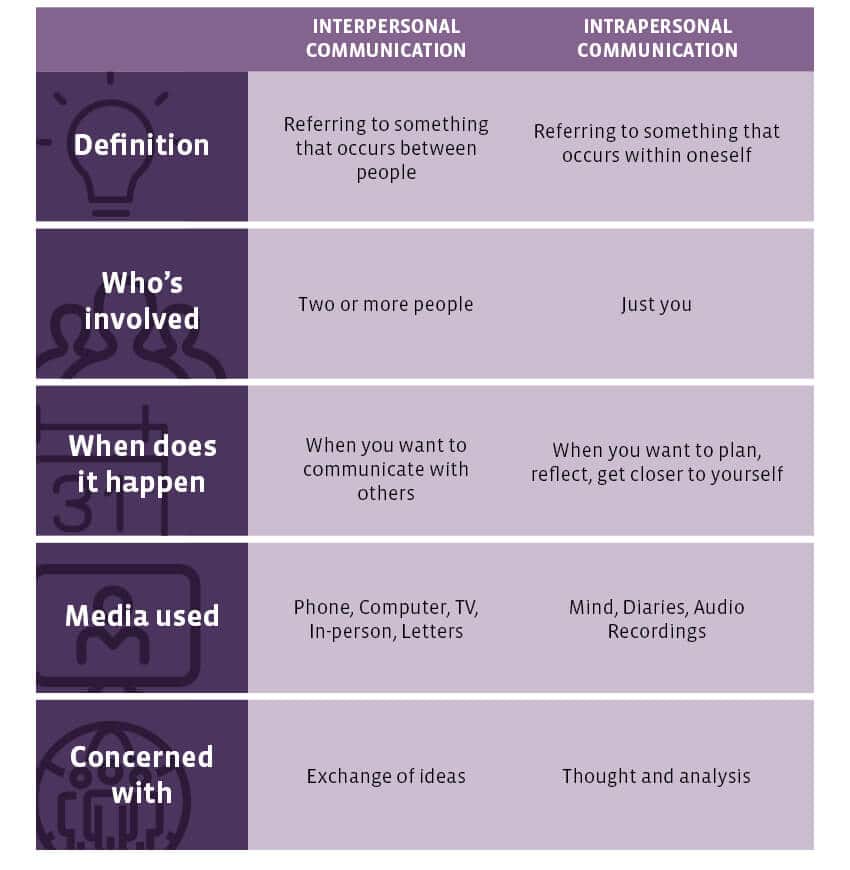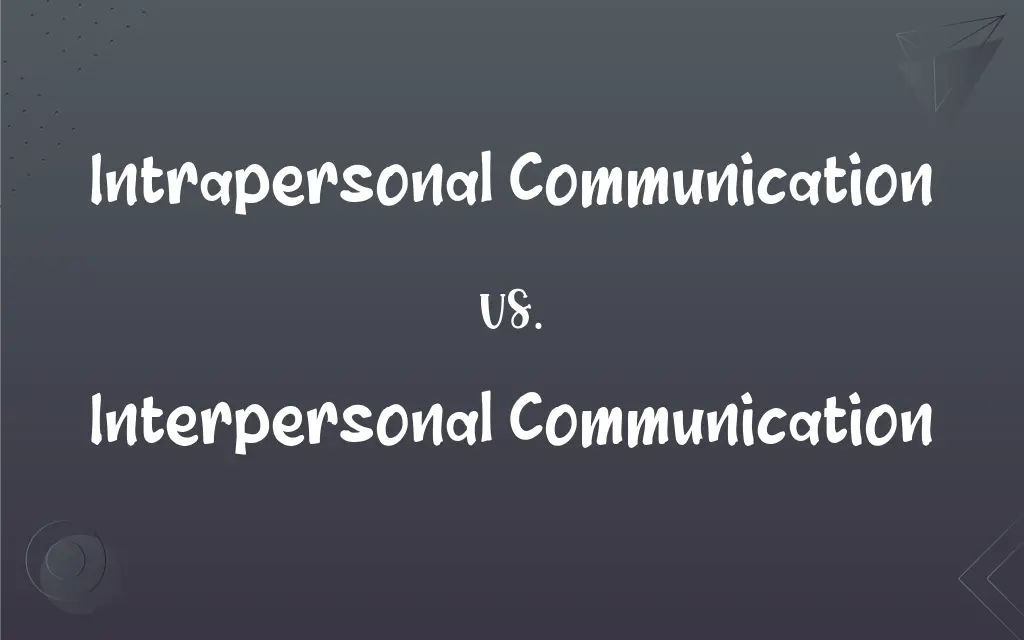Interpersonal communication refers to communication that occurs between two or more people and involves some level of social interaction or relationship. It is characterized by the use of verbal and nonverbal cues, such as body language, facial expressions, and tone of voice, to convey meaning and establish rapport. Interpersonal communication is often face-to-face, but it can also occur over the phone, via video conference, or through written communication, such as emails or text messages.
In contrast, impersonal communication refers to communication that is not directed at a specific individual or group, and does not involve a personal interaction or relationship. It is typically characterized by the use of formal language and a lack of personalization or emotional connection. Impersonal communication can take the form of announcements, advertisements, or public statements made through media channels, such as television, radio, or print. It can also occur through automated communication systems, such as automated phone systems or email response systems.
One key difference between interpersonal and impersonal communication is the level of personalization and intimacy. Interpersonal communication is often more personal and intimate, as it involves a direct interaction between individuals and allows for the exchange of personal information and emotions. Impersonal communication, on the other hand, is more formal and distant, and does not involve the same level of personalization or emotional connection.
Another difference between these two forms of communication is the level of control and feedback. Interpersonal communication allows for a greater level of control and the opportunity for immediate feedback, as individuals can directly respond to one another and adjust their communication based on the response of the other person. Impersonal communication, on the other hand, lacks this level of control and immediate feedback, as the message is being disseminated to a larger audience and does not involve a direct interaction with the recipient.
In summary, interpersonal communication is characterized by social interaction, personalization, and the opportunity for immediate feedback, while impersonal communication is characterized by formality, a lack of personalization, and a lack of immediate feedback. Understanding the differences between these two forms of communication can help individuals effectively communicate and build relationships with others.
Feedback: Interpersonal & Impersonal Communications

Stages of development of the self concept Self concept formation Self awareness: taking inventory of strengths and weaknesses Self acceptance: satisfaction, how satisfied we are with our strength and weaknesses Self esteem: real vs. However, effective communication skills are useful in all social situations and cannot be confined to the Effective communication skills include Communication skills are communicating accurately What is the difference between Interpersonal and Communication Skills? The ability to do so without stress and inner conflict is a skill that you can achieve with practice. His attitude, communication, and deportment all fall under interpersonal skills. Decision Making When it comes time to make a decision, an intrapersonal person has the ability to scan potential options, visualize them, and make the right decision. What exactly does it mean to be impersonal? Panic began to rise up inside. For example, when we interact with a cashier at a grocery store, we are typically engaging in an impersonal relationship. Within an organizational setting, communication can be considered as a key vitality.
Impersonal vs Interpersonal

Differences between Impersonal and interpersonal communication: Impersonal: ordinary, replaceable, standard communication, lower self-disclosure Interpersonal: unique, irreplaceable, highly stylized communication, higher self-disclosure 2. What are the meanings of impersonal rules? This interpersonal skill will help you 8. What is an impersonal relationship? They are both equally as important when it comes to having a better career and more successful relationships. Most relationships are impersonal, in the sense that you could exchange one person for just about anyone else with the same basic results. In this letter of advice I will be telling you aboutfive things dealing with interpersonal communication. The primary thing I am looking for is for you Premium Geert Hofstede Communication Interpersonal Communications Running head: INTERPERSONAL COMMUNICATIONS The Basics of Interpersonal Communication Billie McCarron COM200 Prof.
What is the difference between interpersonal and impersonal communication?

What exactly is an impersonal presentation? Photo by What Is Intrapersonal Communication? Jones 777 7th Ave. When using slang, always bear in mind that English slang cannot be translated, so if you are targeting global audience, avoid using it where you can. Interpersonal communication happens between two or more person in a group for discussing a predetermined topic. Negotiating requires listening skills, planning and visualization, and problem solving — all important parts of interpersonal communication. Some of skills highly intrapersonal people have are: 1. When it comes to basic elements of interpersonal communication, the various types of possible communication will cluster under four basic categories: verbal, listening, written, and non-verbal communication. What is impersonal presentation? An example is communication with people like servers, sales clerks etc.









